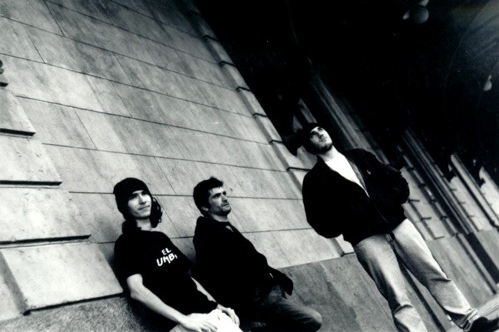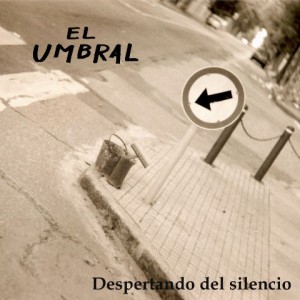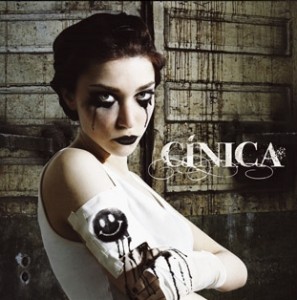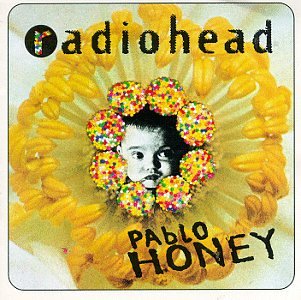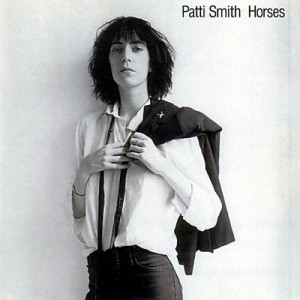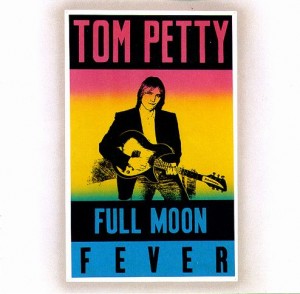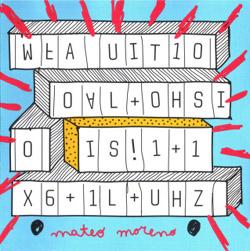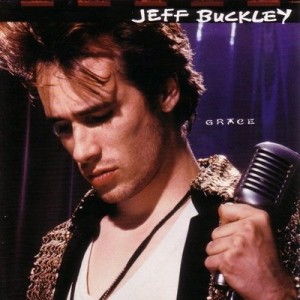OK, I know I’m giving myself away big time here and tarnishing what little reputability I had to begin with, but… can you guess which album I have heavily rotated every day at my office for the past two months or so? Badly Drawn Boy’s turgid “Born In The UK”.
Don’t get me wrong – I admire the guy so much that if there were a Badly Drawn Boy plush toy it would be right there in my pillow every night. And if it came with interchangeable wool hats, then I would be the happier for it (jeez… talk about tarnishing one’s reputation! How far will this go?). But that particular CD is one of the biggest misconceptions ever since someone gave Scarlett Johansson the go-ahead for “covering” Tom Waits.
And now that I have brought the wool-hatted composer from the British Isles to mind, what I want you to imagine is what would happen if he went clubbing one night, met Syd Barrett at some mad one, and tripping out of his arse he crashed the night at Lou Reed’s. And recorded an EP before passing out. If you could indeed imagine the whole scenario, then: A) You need immediate assistance, and B) You will know what to expect from the debut EP that has been issued by this new Uruguayan artist going by the ceremonious name of Erika Chuwoki.
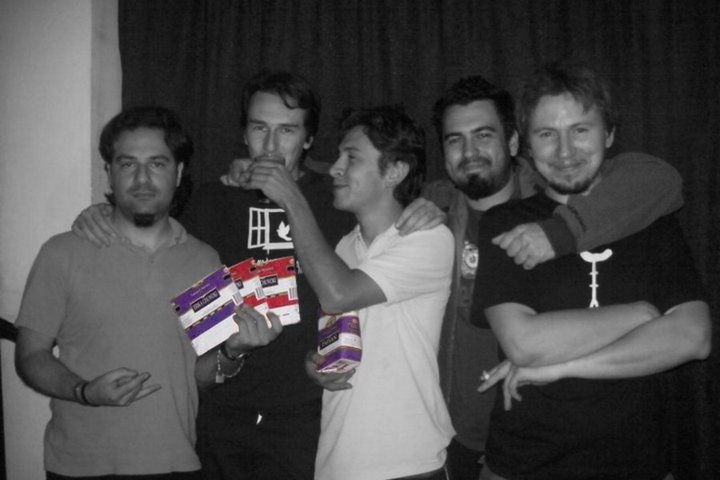
Erika Chuwoki
“La Corporación” [The Corporation] is a five-song EP. Moving within the stylistic parameters insinuated above (which the band aptly terms “pop psicobélico”), the album finely interweaves personal and collective appreciations on life, love and every single thing that goes “bump!” in the night. Yes, my little grasshoppers, that includes sex – the crash of romantic crushes is studied enthusiastically on “Amar El Mal” [To Love Evil], one of the noisiest, more memorable cuts of the whole disc.
Plus, the EP has a song named “Aguante La Puta Que Nos Parió” (an obscenity I can’t translate because merely looking for an English equivalent makes me blush and cry in my tea) – the kind of title that only Harlan Ellison’s psychopath music twin could dare use on an album cover. The phrase, incidentally, is not mentioned on the song once. As if the band were inviting a snicker in the finest rock & roll tradition, and then defying the snickerers by saying, “You morons, you judged something by the cover and not by its actual content”. Placenta, pleasure, placebo indeed… Continue reading


